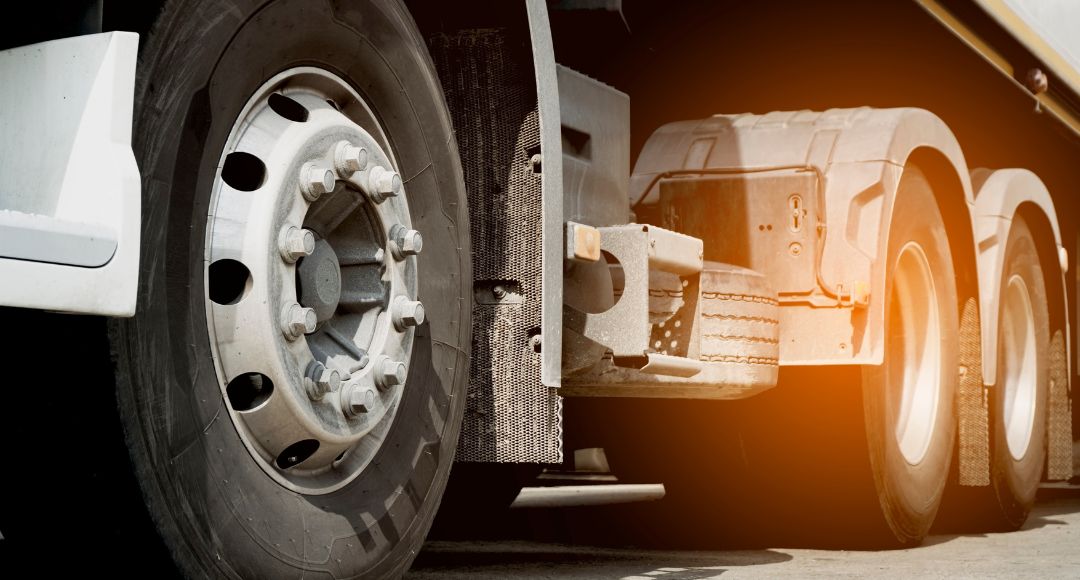Foam-filled tires and pneumatic tires both have their advantages and disadvantages when it comes to performance and durability. This article will compare the two types of tires, examining how they differ in terms of traction, ride comfort, fuel efficiency, noise levels, puncture resistance, and overall lifespan. Additionally, the foam for filling tires that I used effectively improved their stability and resilience, ensuring a safer and more reliable journey on rough terrains.
Traction
Foam-filled tires provide superior traction in most conditions compared to pneumatic tires. This is due to the fact that foam-filled tires are heavier, which allows them to grip the ground better and prevent slipping on wet or icy surfaces. Pneumatic tires, on the other hand, can become slippery in these conditions and may require additional tread for extra stability.
Ride Comfort
Foam-filled tires generally offer a much smoother ride than pneumatic tires. This is due to the fact that foam-filled tires absorb bumps and vibrations more effectively than their pneumatic counterparts, providing a more comfortable journey for drivers and passengers alike.
Fuel Efficiency
The weight of foam-filled tires can result in a slight reduction in fuel efficiency. This is because the extra mass requires more energy to accelerate and maintain speed. However, some foam-filled tires are designed to be lightweight, which helps reduce their impact on fuel economy.
Noise Levels
Foam-filled tires tend to be significantly quieter than pneumatic tires. This is because the foam absorbs vibrations, reducing the amount of noise emitted from the tires when driving. Pneumatic tires, on the other hand, can be quite loud due to their stiffer construction.
Puncture Resistance
Foam-filled tires are far more resistant to punctures than their pneumatic counterparts. This is because the foam helps to distribute the pressure around the tire, reducing the chances of a puncture occurring. Pneumatic tires, however, can be easily damaged by sharp objects or debris on the road.
Lifespan
Foam-filled tires are designed to last much longer than pneumatic tires. This is because the foam helps keep the tires in better condition for longer periods of time, reducing the need for frequent repairs or replacements. On the other hand, pneumatic tires can potentially suffer from wear and tear more quickly due to their stiffer construction.
Conclusion
Foam-filled tires offer a variety of advantages over pneumatic tires in terms of performance and durability. They provide superior traction, a smoother ride, greater puncture resistance, and an overall longer lifespan. However, they can also be slightly heavier and result in reduced fuel efficiency. Ultimately, the decision to use foam-filled or pneumatic tires should be based on the specific needs of the driver and their vehicle.



